On Wednesday (Oct 5), gas prices hit record highs in many parts of California. In some southern California locations, gasoline spiked to more than US$8.00 per gallon. Statewide, prices reached US$6.42 per gallon – nearly US$3 higher than the national average of US$3.83. While the blames are on regional refinery outages and Ukraine War, something else happened that day.
On the same Wednesday, OPEC and non-OPEC allies, an alliance known as OPEC+, decided to ignore U.S. President Joe Biden’s begging for an increase in oil production. At their first face-to-face gathering in Vienna since 2020, OPEC+ has instead announced a dramatic reduction in production quota – slashing output by 2 million barrels per day effective November.
OPEC nations produce around 30% of the world’s crude oil. Saudi Arabia is the biggest single oil producer within OPEC, producing more than 10 million barrels a day. In 2016, when oil prices were low, OPEC joined forces with 10 other oil producers to create OPEC+. As the leader of the non-OPEC allies, Russia also produces over 10 million barrels a day. Together, they produce about 40% of global crude oil.
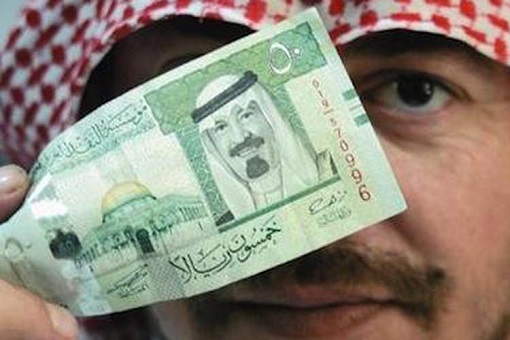
Saudi-led OPEC conveniently said the decision is to boost crude prices and “encourage investment” in the energy sector. The global oil prices had plunged from above US$120 to US$80 a barrel, before skyrocketing again. It seems US$80 is the level OPEC+ would pull the trigger to push up the prices again, and would keep doing that to keep the price above US$80 a barrel.
Today, the U.S. WTI (West Texas Intermediate) crude is trading at US$89, while the international benchmark Brent crude is moving above US$95. The move to cut oil production was a slap in the face of Joe Biden, who thought he had achieved his mission after begging the oil cartel to pump more to lower fuel prices ahead of the U.S. midterm elections next month.
The White House said Biden was very angry, so much so that the POTUS had ordered the Department of Energy to release another 10 million barrels from the Strategic Petroleum Reserve next month. Apparently, Biden was “disappointed by the shortsighted decision by OPEC+ to cut production quotas while the global economy is dealing with the negative impact of Putin’s invasion of Ukraine.”
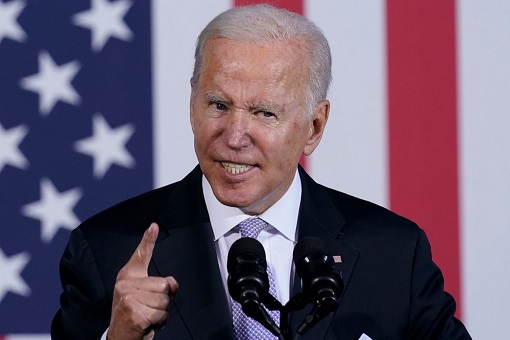
In what appears to be a warning of potential retaliation against OPEC, the White House said – “In light of today’s action, the Biden Administration will also consult with Congress on additional tools and authorities to reduce OPEC’s control over energy prices”. Clearly, Washington is threatening the Arab oil producers after Biden’s humiliating foreign policy.
In July, “Sleepy Joe” reluctantly traveled to Saudi Arabia – a country he called a “pariah” – and hypocritically gave a fist bump to Crown Prince Mohammed bin Salman, the man he has criticised for brutally murdered Washington Post journalist Jamal Khashoggi. The trip, however, was a trap from the beginning to legitimize the brutal murder of Khashoggi.
When Biden finally met the Saudi de-facto leader, both leaders greeted and pretended as if there wasn’t any bad blood. It was the moment Saudi had been waiting for as the kingdom’s journalists were given one simple task – snap the photos and quickly share the image around the social media to ensure everyone saw it. The fist bump was instantly criticized as shameful in the U.S.
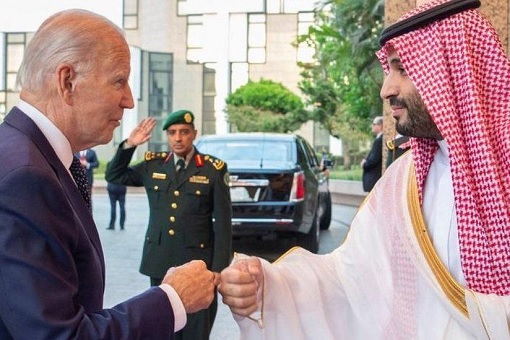
Yet, despite bending backward, Biden’s fist-bump diplomacy has done more harm than good. The Saudi prince, known by his initials MBS, has returned the favour with a kick to Biden’s groin because MBS figured it must be really desperate for America to travel all the way to the Arab world just to beg for oil. That explains why Saudi is openly working with Russia to cut oil production.
As the biggest oil producer in OPEC, newly appointed Prime Minister MBS believes there’s nothing the U.S. can do even if Saudi works with Russia, the leader of non-OPEC allies. MBS knew that even with further Strategic Petroleum Reserve (SPR) releases, it would not be enough for Biden administration to influence the global oil prices.
America’s Strategic Petroleum Reserve will not be sufficient to handle the shortage in long term. In fact, any news that the U.S. will release its oil reserve will only trigger panic and push the oil prices even higher. The reserve was there for a reason. It was created following the energy crisis in the 1970s. The purpose is for a supply-side emergency, such as a hurricane.
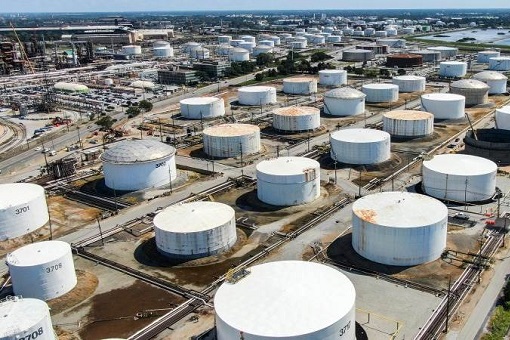
At its high point in 2010, the reserve reached 726.6 million barrels. Since December 1984, the level has never been lower than 450 million barrels – until now. On March 31, 2022, Biden ordered a major release of oil from the nation’s SPR for the next six months. In an effort to bring down high fuel costs, the U.S. released 180 million barrels, translating to 1 million barrels of oil per day.
But the fact that it was the largest release since the reserve was created in 1974 speaks volumes about Biden’s desperation. The SPR has now been depleted since President Biden took office – from 640 million barrels to 450 million barrels (in September). The latest order to release 10 million barrels is not only too little too late, it also shows that the U.S. is running out of reserve.
A number of Democrats in Congress have called for retaliation against Saudi by withdrawing U.S. military protection for the kingdom, accusing MBS of breaching an agreement in a 70-year strategic partnership between both countries. The relationship was forged based on the understanding that in return for U.S. protection against Saudi enemies, Saudi will provide global markets with oil to keep the price stable.

However, as expected, the U.S. State Department promptly assured that the U.S. has no plan to withdraw American troops or equipment from Saudi. MBS knew America cannot afford to pull out because China is eagerly waiting to replace the U.S. as the protector of the kingdom. All the hard work will be wasted if Washington is foolish enough to quit, allowing Beijing to become the dominant force in the region.
Likewise, U.S. lawmakers have also urged President Biden to teach Saudi a lesson by revoking the sovereign immunity that protects OPEC members and allied oil-producing nations from antitrust lawsuits. On May 5, the U.S. passed the NOPEC bill – No Oil Producing and Exporting Cartels – a new tool specially designed to tackle high fuel prices associated with OPEC+.
If Washington weaponizes NOPEC, the U.S. attorney general will be empowered to sue the oil cartel or its members, such as Saudi Arabia and its allies in the Middle East, in federal court. Once invoked, however, it could trigger dangerous consequences whereby the U.S. and Saudi relationship could explode beyond repair. Worse, the Arab world could pivot to Russia and China.
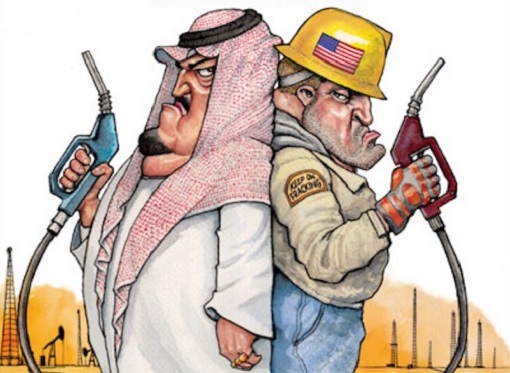
As the US-Saudi relationship deteriorates, the Saudi has engaged in active talks with China to sell its oil in Yuan / Renminbi, bypassing the U.S. dollar. The Chinese buy more than 25% of its oil from Saudi. Last year (2021), Saudi sold 1.76 million barrels a day to China, more than Russia’s 1.6 million barrels. If the commodity is priced in Yuan, it would certainly help to internationalize China’s currency.
The kingdom has also expressed its interest in yuan-denominated futures contracts, known as “petroyuan”, something which China introduced in 2018 to compete with petrodollars. While Saudi is not expected to shift overnight all its 6.2 million barrels a day of crude exports to Yuan from the dollar, it would be a big deal even only half of its oil exports to China is transacted in Yuan.
It would start the ball-rolling for other Arab nations to embrace Yuan as a tradable currency for oil because Saudi is the de-facto leader of OPEC. The last thing Washington wants to see is the chain-reaction of an adoption of the Yuan currency in crude oil transaction in the Middle East as Saudi and its allies hedge their bets between the U.S. and China – the world’s two largest economies.
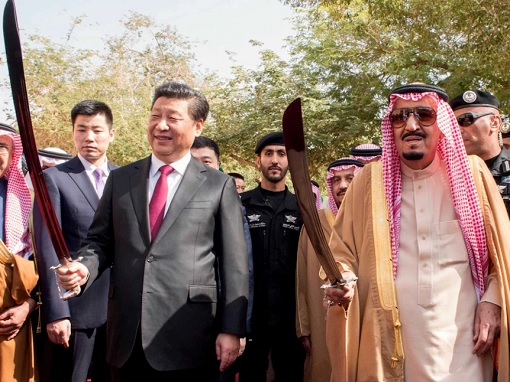
Analysts believe the decision of OPEC+, a group of 23 oil-exporting countries, to impose production cuts could see oil prices rally back to US$100 a barrel. It’s hard to believe that the OPEC+ move to slash production was purely coincidence and had nothing to do with the energy crisis plaguing the Western nations, including European Union and the United Kingdom.
Not only the production cut came ahead of the U.S. midterm elections, but also ahead of the EU plans to impose an embargo on Russian crude oil from 5 December, as well as on the same day European Union countries agreed to impose a half-baked “price cap” on Russian oil. The White House has labelled the OPEC+ move as a “hostile act”. The burning question is – what could the U.S. do about it?
There’s little doubt Saudi-led OPEC is purposely siding with Russia, betting that the weak Biden administration will not dare do anything stupid to worsen the already problematic energy crisis. And the Saudi Crown Prince can afford to humiliate Biden on a global stage by cutting oil production even after the U.S. president specifically begged him not to because Biden will not get re-elected.
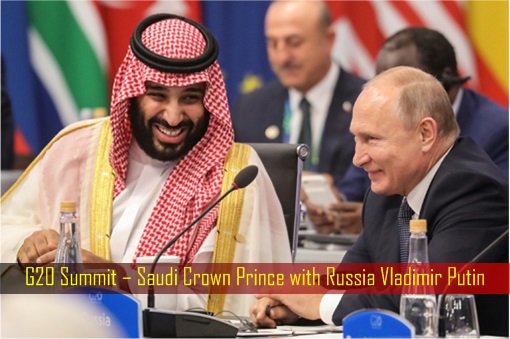
Like it or not, the U.S. does not have the same leverage it had decades ago. Not only Saudi still has plenty of oil, the kingdom now has allies just as big and powerful as the U.S. More importantly, those allies would not interfere in the internal affairs of Saudi Arabia. It was already bad that India and China were helping Russia evade the Western sanctions. Now Saudi too is helping Russia.
Other Articles That May Interest You …
- De-Dollarization Begins – China Stockpiling Gold & Offers Discount To India Businesses If Settles In Yuan
- Moscow & Beijing Laughing All The Way To The Bank – How China Makes Easy Money Reselling Russian Gas To Europe
- Europe Apocalypse – Electricity Above €1000 For The First Time, All Hell Breaks Loose
- The Worst Is Not Over Yet – Why Inflation & Recession Are Still Alive And The Global Economy Is Still In Bad Shape
- U.S. Plunges Into Recession – But Biden Govt Scramble To Redefine Recession To Create Illusion There Isn’t Any Recession
- Oil-Rich Saudi Doubles Import Of Russian Oil – How Crown Prince & Putin Play The U.S. And Europe Like A Fool
- Unacceptably High Inflation – Panicked U.S. Scrambles To Cap Russian Oil Price, But Here’s Why The Scheme Is Pure Fantasy
- Russia Cuts Off Gas To Poland & Bulgaria – European Gas Jumps 24% As Putin Starts Punishing “Unfriendly Countries”
- U.S. Sanctions Fail – How Russian Currency Emerges Stronger Than Pre-War With A New Gold Standard
- Pay Gas In Ruble Or Else – Europe In Serious Trouble As Putin Retaliates Against Western Sanctions
- From Wheat To Oil & Gas – How Russia Invasion Of Ukraine Affects Europe’s Food Supply, And Even Your Loaf Of Bread

|
|
October 7th, 2022 by financetwitter
|


|

|

|

|

|

|




























Comments
Add your comment now.
Leave a Reply